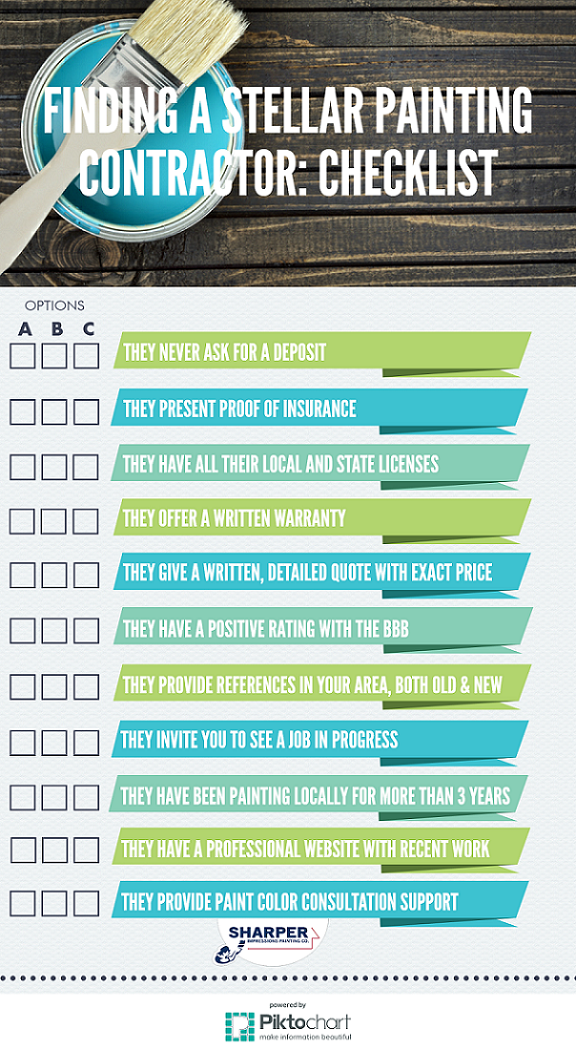What Role Do Proper Colors Play In Boosting Your Brand'S Good Looks In Business Exterior Paint? Explore The Key Elements That Affect Your Choices
What Role Do Proper Colors Play In Boosting Your Brand'S Good Looks In Business Exterior Paint? Explore The Key Elements That Affect Your Choices
Blog Article
Article By-Yu Sexton
When it involves commercial external paint, the colors you choose can make or damage your brand's appeal. Understanding how different colors influence perception is essential to bring in clients and constructing count on. But it's not practically personal preference; local trends and guidelines play a significant role as well. So, exactly how do you discover the best equilibrium between your vision and what reverberates with the neighborhood? Let's check out the important factors that lead your color choices.
Understanding Color Psychology and Its Influence On Service
When you select colors for your company's exterior, recognizing shade psychology can significantly affect how prospective consumers view your brand name.
Shades evoke emotions and established the tone for your business. For instance, blue commonly conveys trust and expertise, making it optimal for financial institutions. Red can produce a sense of seriousness, excellent for dining establishments and clearance sales.
Meanwhile, eco-friendly represents development and sustainability, interesting eco-conscious consumers. Yellow grabs interest and sparks optimism, yet excessive can bewilder.
Consider your target audience and the message you wish to send out. By picking the best colors, you not just boost your curb allure but likewise straighten your image with your brand name worths, ultimately driving consumer interaction and commitment.
Analyzing Local Trends and Laws
Exactly how can you guarantee your outside painting options resonate with the neighborhood? Beginning by looking into local patterns. Visit neighboring services and observe their color design.
Take note of what's prominent and what feels out of location. This'll aid you align your choices with neighborhood visual appeals.
Next off, inspect local regulations. Numerous towns have guidelines on exterior shades, particularly in historical areas. You do not wish to spend time and money on a scheme that isn't compliant.
Engage with plymouth house painter or area teams to collect insights. They can offer beneficial comments on what shades are favored.
Tips for Balancing With the Surrounding Atmosphere
To create a cohesive look that blends perfectly with your environments, think about the natural environment and architectural designs close by. Begin by observing the colors of close-by structures and landscapes. https://www.architecturaldigest.com/story/the-7-absolute-best-yellow-paint-shades-according-to-designers like greens, browns, and low-key grays commonly work well in natural setups.
If your residential property is near lively urban areas, you might select bolder colors that mirror the local energy.
Next, consider the architectural style of your building. Standard designs might gain from timeless shades, while modern-day designs can accept contemporary combinations.
Test your color choices with examples on the wall surface to see exactly how they interact with the light and environment.
Finally, keep in mind any local guidelines or area aesthetics to guarantee your option enhances, instead of encounter, the environments.
Verdict
In conclusion, selecting the best shades for your industrial outside isn't almost aesthetic appeals; it's a strategic decision that influences your brand's perception. By taking advantage of color psychology, thinking about local trends, and making sure consistency with your environments, you'll produce an inviting atmosphere that draws in consumers. Do not forget to examine samples before devoting! With the best technique, you can boost your company's aesthetic charm and foster long-term consumer involvement and commitment.
